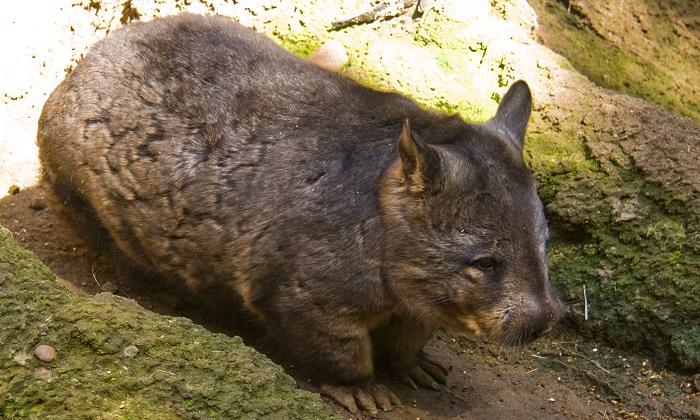The scale and magnitude of the flooding that is currently swamping much of north-east Australia has meant graziers and local authorities have been able to do little to stop the death of thousands of cattle.
With hundreds of thousands of hectares flooded in the Queensland state’s Gulf region over the past several weeks, pilots flying over the area have reported seeing thousands of starving or dead cattle. A week before the floods peaked, the Queensland State Government, on January 30, said that more than 200 cattle had to be shot from helicopters for animal welfare purposes.
One cattle industry leader says that while the number of livestock losses will be considerable, it is too early to make any estimates of how many have perished.
“We won’t really know till everything dries out and you get your first mustering done which is completed by the middle of the year,” said Peter Hall, cattle producer and board member for two industry bodies—the Cattle Council of Australia and Agforce Queensland.
“Normally in this situation there are reasonably substantial losses but they are never as bad as they think they are. Cattle have a funny habit of surviving these situations—they know where to go to find high ground or they end up going down stream into neighbouring properties and turn up later on.”
Most of northern Australia has experienced a month of fairly constant rainfall, a result of two cyclones, and hundreds and thousands of hectares have been swamped with flood waters.
Mr Hall said this was the biggest flood he had seen since 1974, describing the current situation facing cattlemen in the region as varied. Due to the scale of it, however, efforts to drop feed to stranded cattle would be impractical, he said.
“It is a very big area and there are a lot of cattle involved—and you would need a lot of hay and a lot of machinery to do it properly. The logistics of it are just not a feasible thing to even contemplate,” he said.
“If you start trying to fly around and feed livestock, normally you’d probably cause more problems and stress with the animals by dropping fodder to them because they are used to helicopters mustering them, so if you are flying in a helicopter with a bale of hay underneath the poor buggers are more likely to get stressed out than anything.”
While graziers in the flood stricken areas will have some work ahead of them once the waters recede—mending fences and other infrastructure—many believe the deluge’s long term benefits outweigh the costs.
“The benefit is the country is getting a drenching like it hasn’t for a long time and it really does a lot of wonderful things for the area,” said Mr Hall.
Along with replenishing water systems, it raises sub-soil moisture levels; Mr Hall said the floods will also mean that large areas of suffering grassland and timber will get the kick along they needed. Drought affected areas in western Queensland and the Northern Territory benefited greatly from all the rain he said.
The Queensland Government say towns in the Gulf area remain isolated and it’s estimated that the floodwaters could take up to five more weeks to recede.



